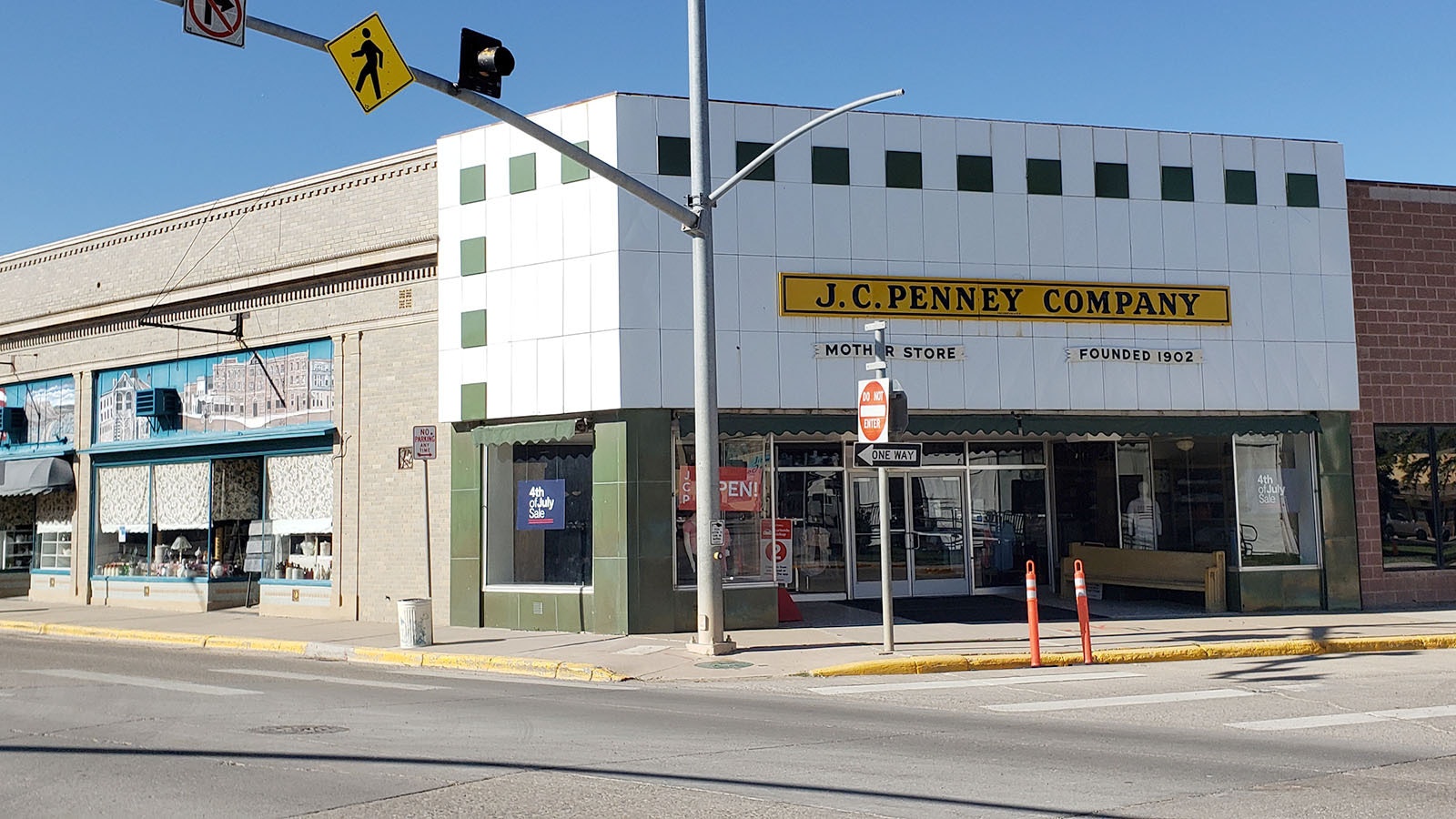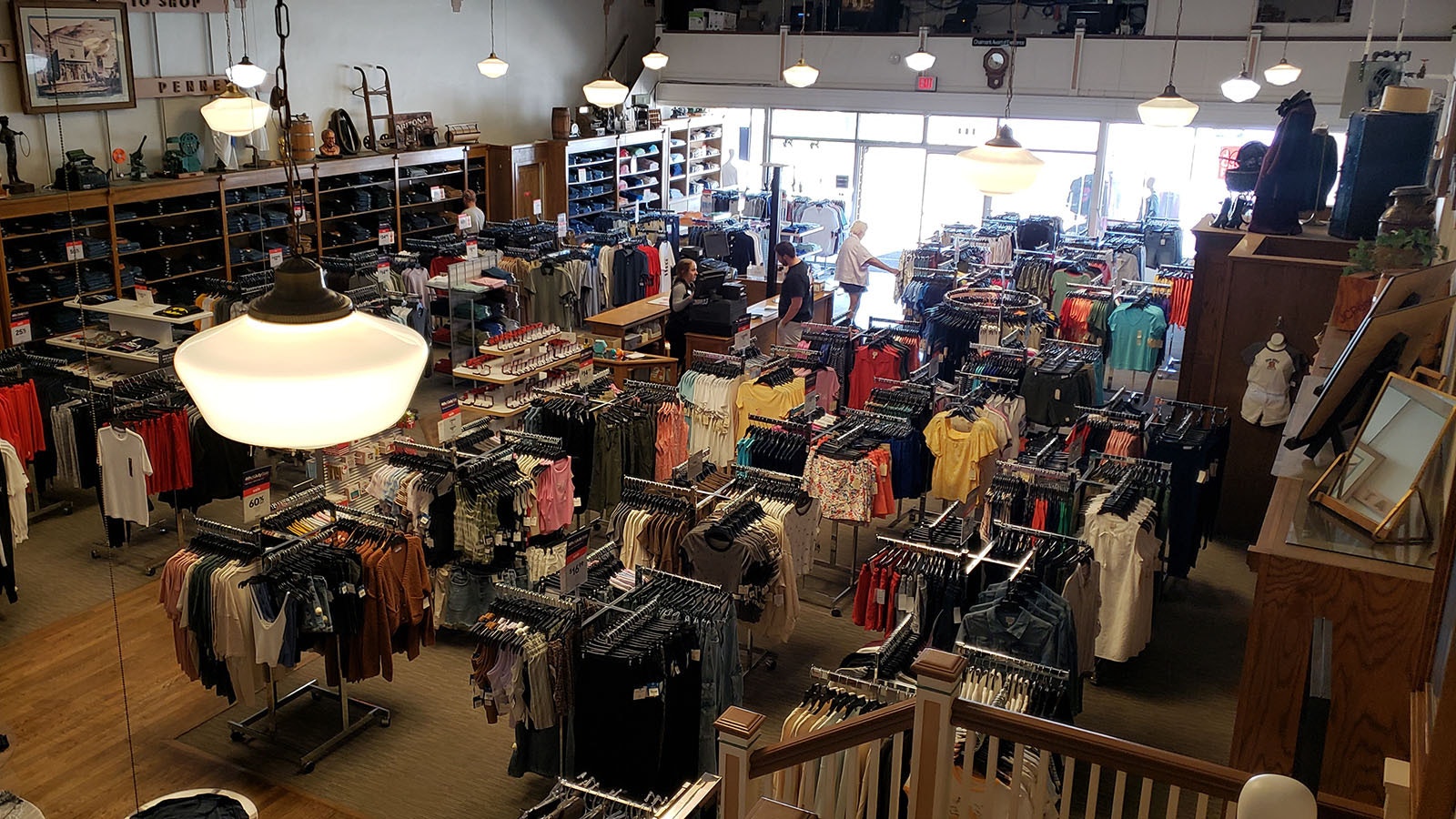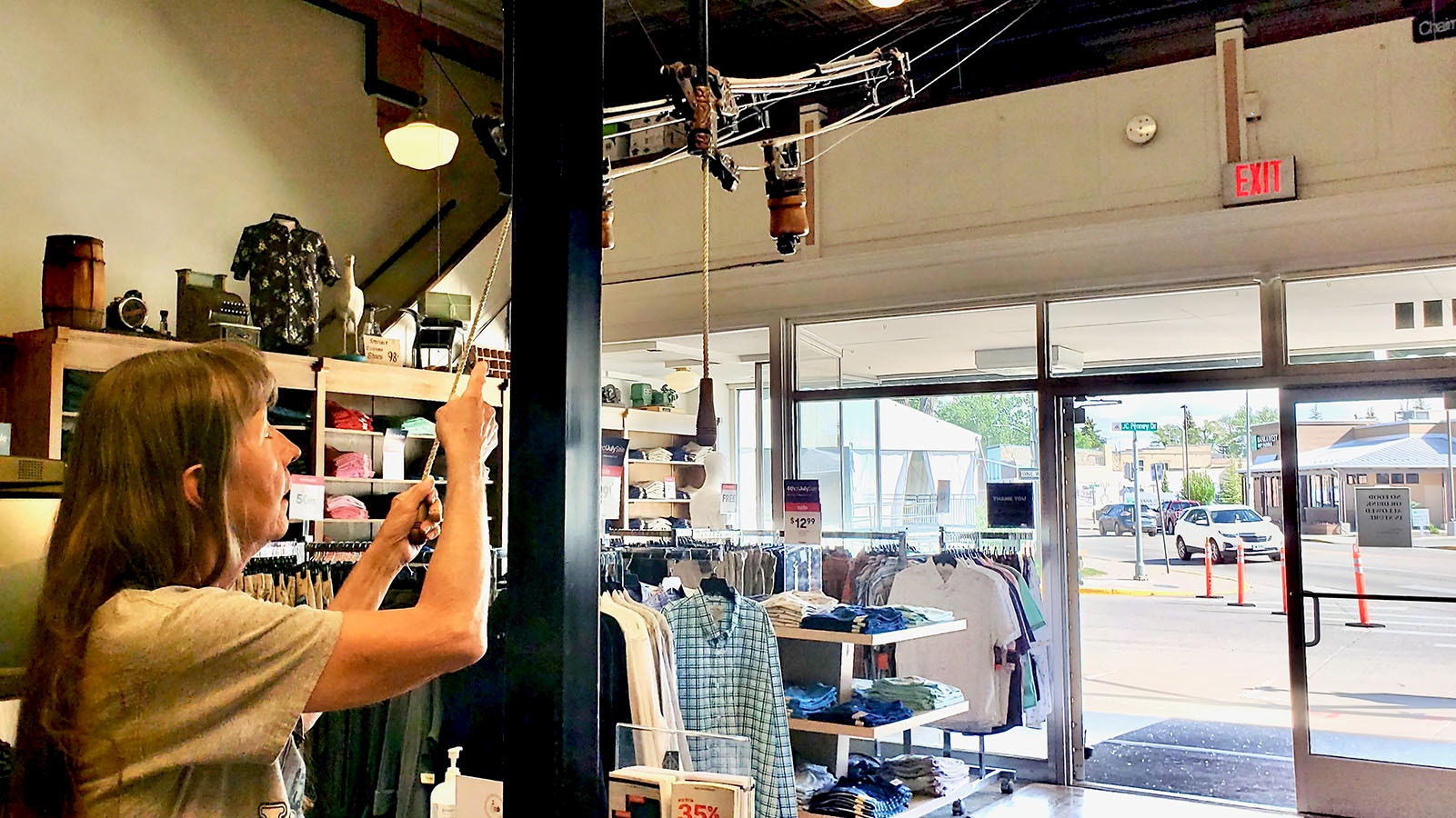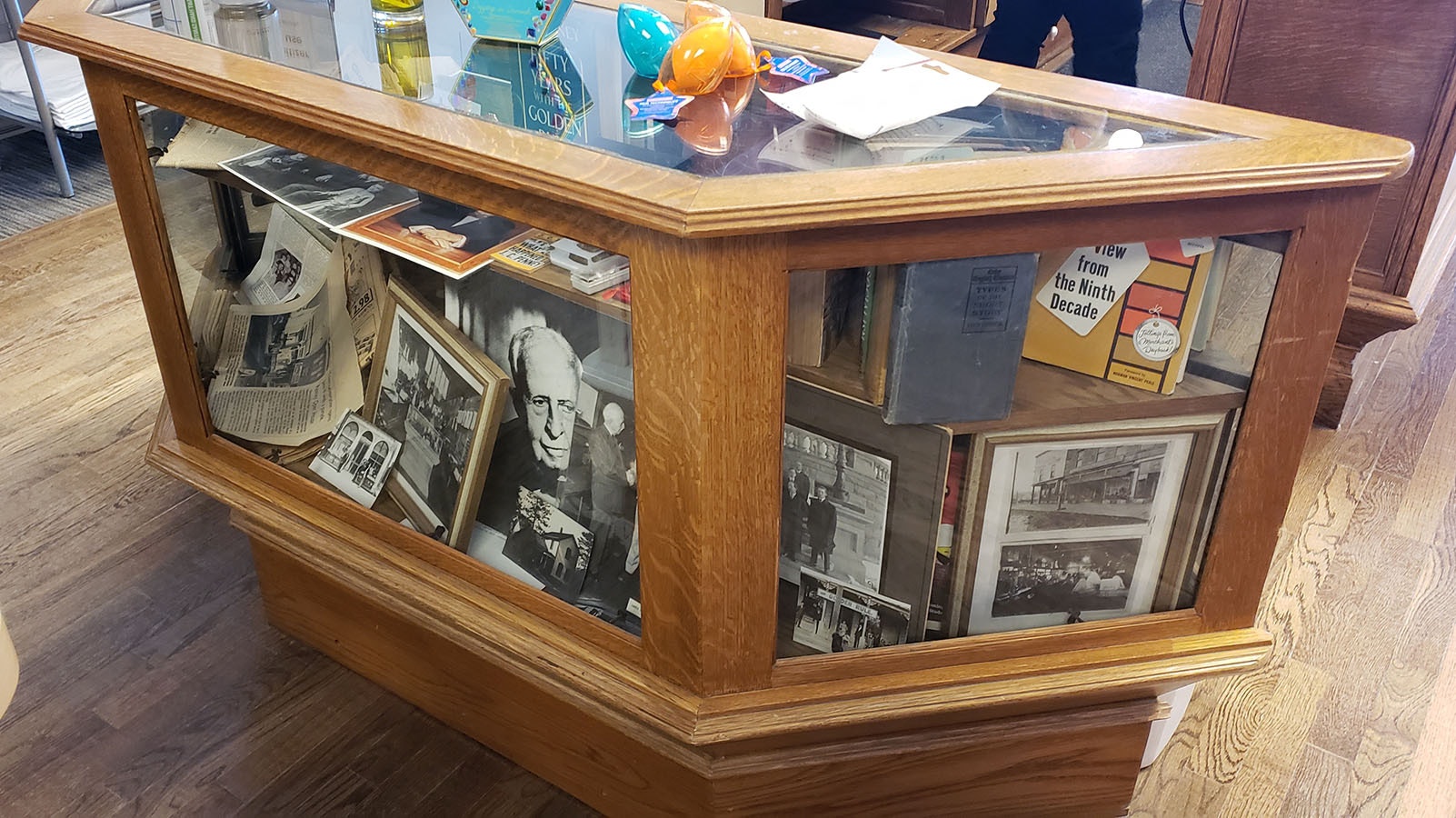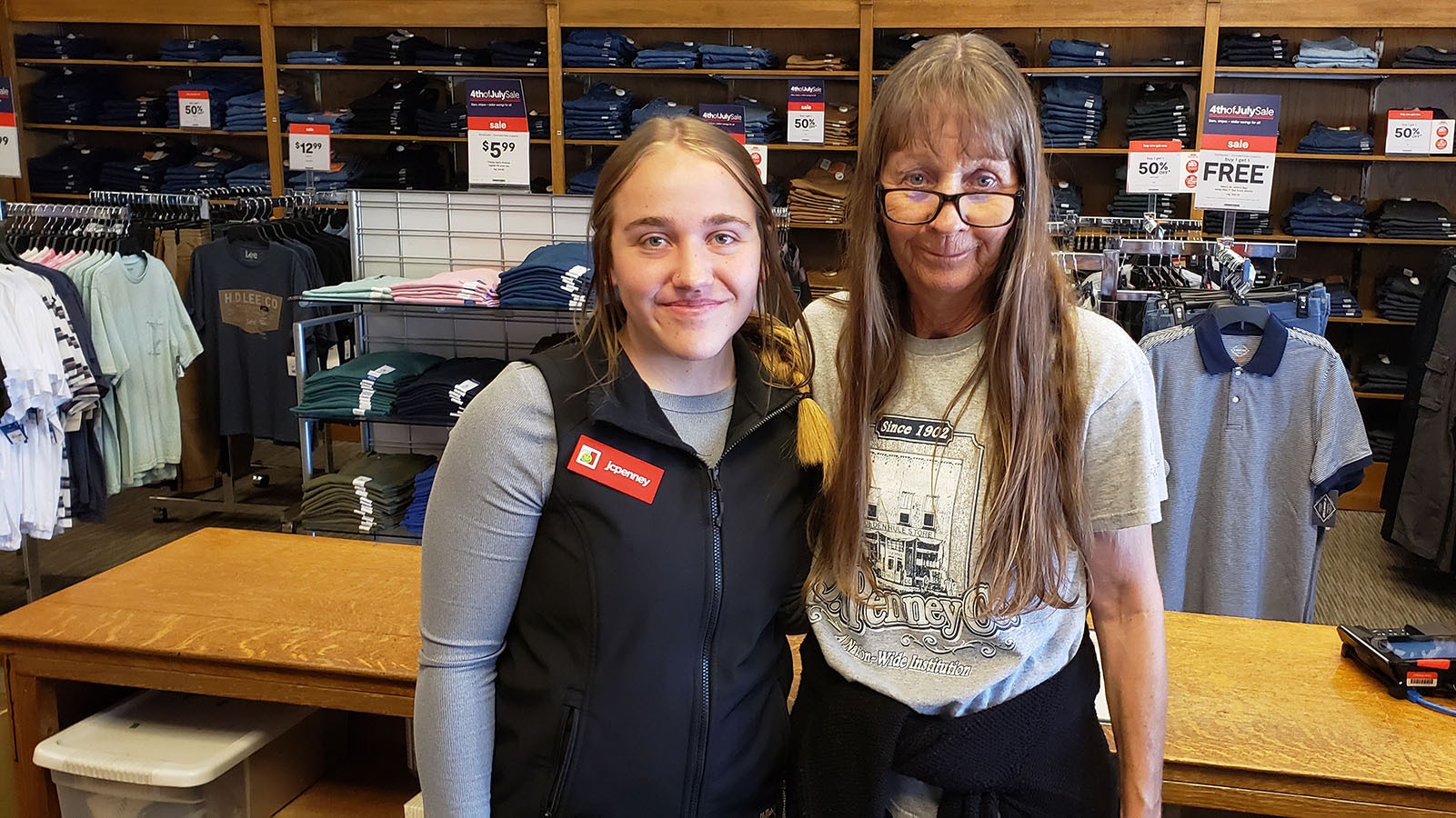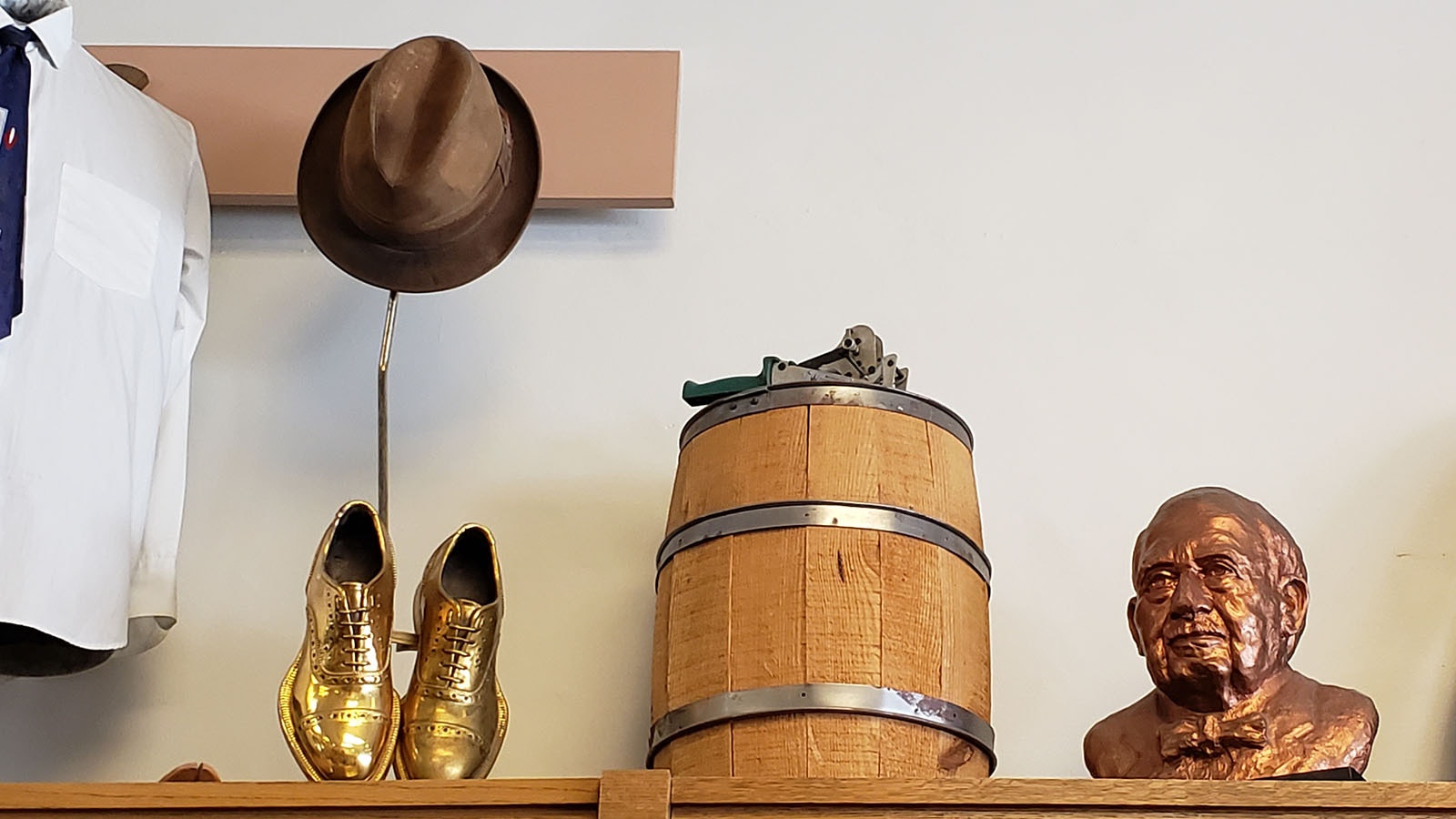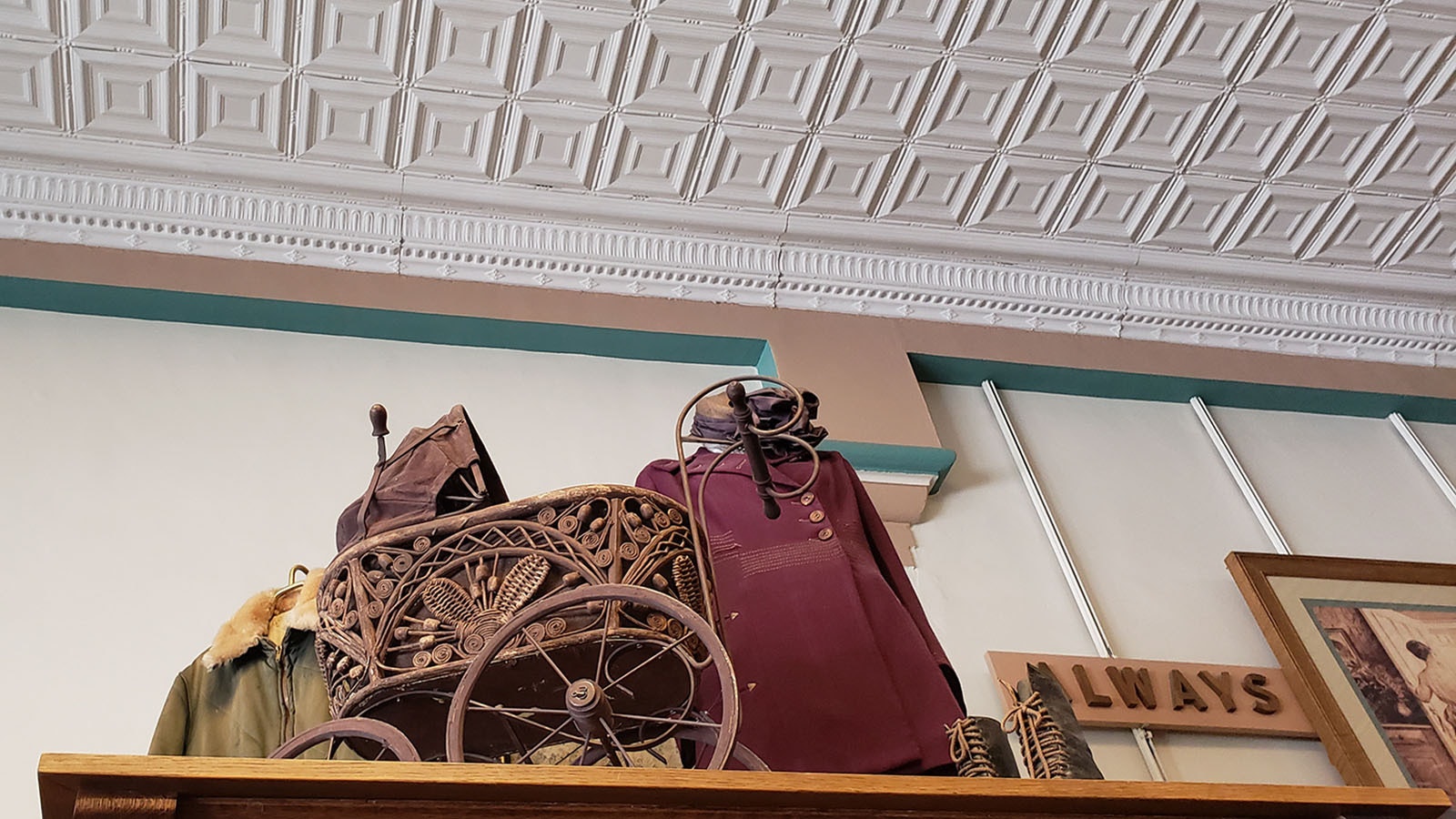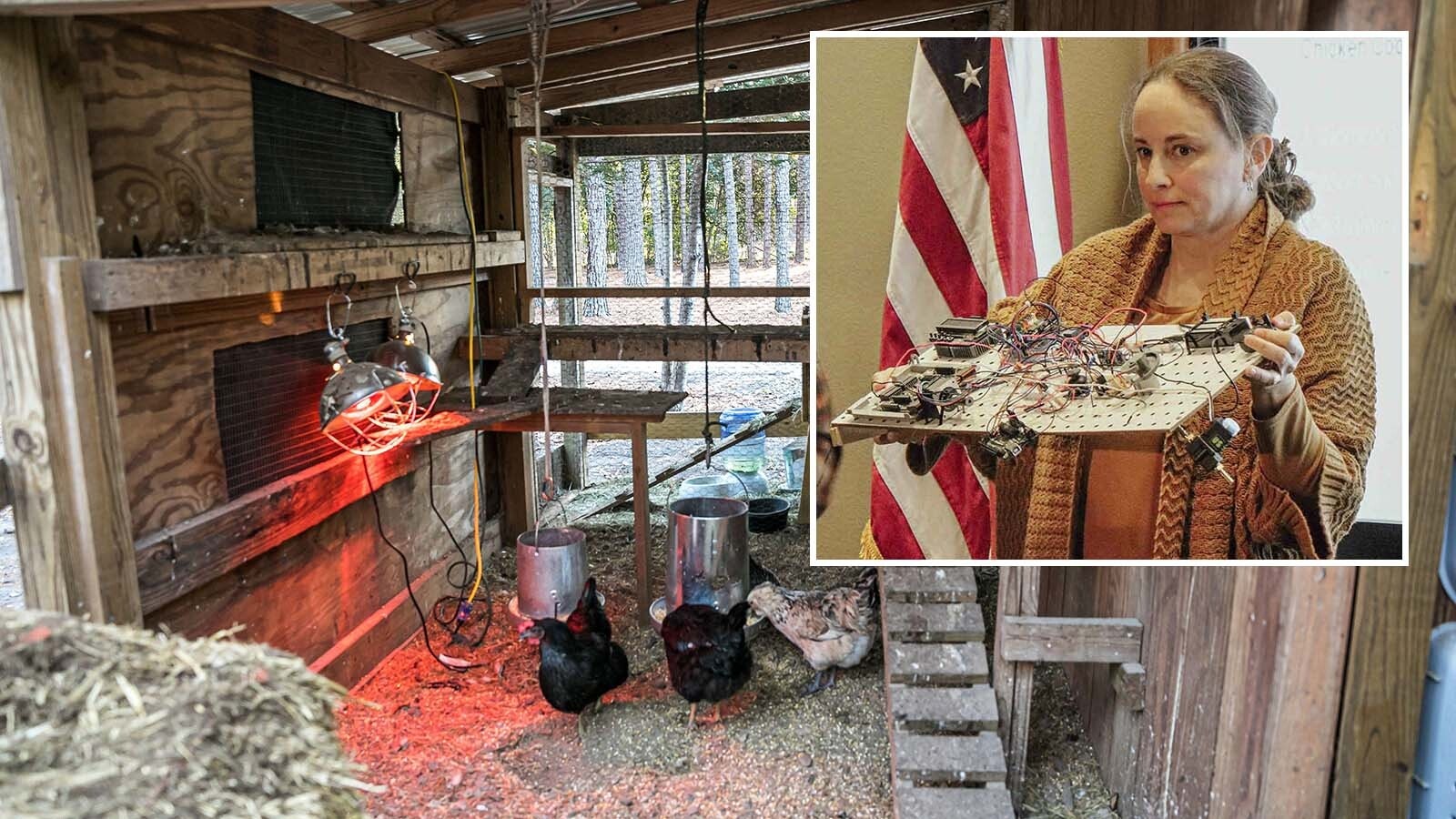KEMMERER — Penny Lint has been asked many times why she doesn’t go work for Kemmerer’s chamber of commerce. She has a deep knowledge of the JCPenney store in Kemmerer and city history in general.
“But my heart and soul is in this store,” she said, gesturing toward the inside of the Kemmerer JCPenney, which locals will tell you with pride is the mother store of them all. This is the place where James Cash Penney opened his first store. The Golden Rule store was the start of all the JCPenney stores that followed and became not only a household word, but an American icon.
“I do like all of this stuff,” Lint said, glancing from the hat and shoes Mr. Penney once wore to the hat and coat that once belonged to his first wife.
JCPenney is still among the nation’s largest retailers for all things apparel, jewelry, beauty, and home, even though it has lately, like all big box stores, faced troubling trends on a changing retail landscape.
“Everything that you see up on that shelf was either used in the store or sold in the store,” Lint told Cowboy State Daily, gesturing to items that are clearly from another era yet seem almost new enough to sell in the store.
“And over here to the right of the wooden barrel is the first cash register in this store,” Lint said.
While many of the items sold in the store are the same as those nationally, there’s one very curious mechanism like no other attached to the cashier’s island in the very center of the store. The device is a pulley system attached at the other end to an office space in an upstairs balcony that sits just above the store’s entrance.
“That ran all across the store,” Lint said.
The small cash register and the fact there was only one cashier led Penney to devise a secure way to transfer money from customers to a place of safe-keeping.
“This ran all across the store,” Lint said.
Lint is happy to demonstrate how the tiny little buckets, about the size of a coffee cup, could be filled with cash, then sent upstairs and secured.
Tourists Love To Shop In Kemmerer store
Lint has worked at the JCPenney in Kemmerer for about 13 years now.
Every year, she sees about 2,000 tourists at the Kemmerer JCPenney. They are on their way to somewhere else, but stop in just to see the store.
Visitors can buy many of the same clothing items they’d find in a JCPenney store anywhere. But there is one item visitors are looking for that they cannot buy at the store, and that is a JCPenney souvenir.
While souvenirs are not available in the store, Lint does have a handout prepared with more history about the store, which she’s happy to pass out to tourists.
She’s also happy to share a bit of her knowledge, whenever there’s a little bit of time to do so, and will direct tourists to the local museum that houses more information about James Cash Penney.
“See all these planters, and all the tile up the side of the building?” she asks, pointing at a photo of the store in 1929 in the handout. “That tile that’s out there on the floor is the same tile that went up the building.”
The layout of the overall store is very similar to what it used to be in the early days. Some of the spaces around it, meanwhile, are rented out to other stores, including a thrift store where many vintage glassware and kitchen ware items are sold that seem reminiscent of Penney’s early days.
JCPenney Through The Ages
Lint’s handout includes a timeline of the store through 1990, starting with the 1902 opening of the Golden Rule. Penney started the store with his partners Guy Johnson and Tom Callahan in what is today a bank parking lot.
That store was a one-room frame building sandwiched between a laundry and boarding house in what was then the main business district of the town.
Penney lived in the attic room over the store with his wife. They could not afford most of the goods they sold below in their store. But they had a bonafide bed and a stove. Their tables and shelves, however, as well as the shelves in the store below, were made of shipping crates.
As a merchant, Penney believed in the concept of the Golden Rule. It was not just his business motto, it was his way of life. He believed in treating others as he himself wanted to be treated, and he applied that to everything he did. He charged one price to everyone, regardless of a customer’s social status — unheard of at the time. He also had moral objections to credit, and made his store a cash-only enterprise — despite the obvious disadvantages when going up against a company mining store.
While local businessmen of the time scoffed at his notions, Kemmerer residents liked his merchandise. Good customer service and fair pricing kept them coming back for more.
Five years later, when Johnson and Callahan decided to dissolve their partnership, Penney was able to buy them out. Then he began launching his own Golden Rule stores. In the beginning, his goal was small. Maybe six stores he told his wife at first. Then maybe 26 stores, simply to cover the Rockies.
But 10 years after that first store opened, Penney had opened 34 Golden Rule Stores, which between them sold more than $2 million worth of merchandise.
The store changed its name to the J.C. Penney Company incorporating in Utah. Today it has 667 stores doing business as JCPenney in 49 U.S. states and Puerto Rico, according to its website.
Renée Jean can be reached at renee@cowboystatedaily.com.

